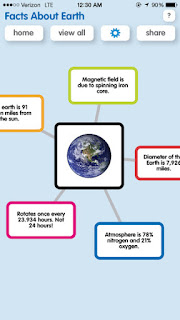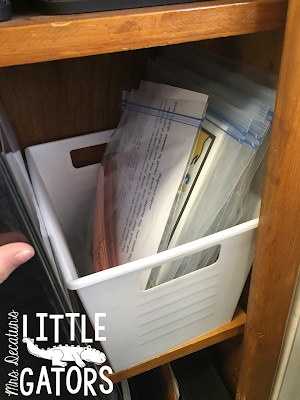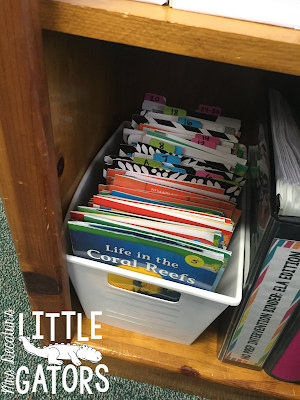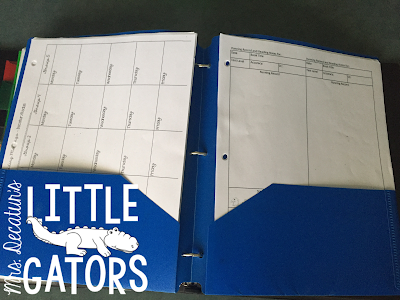Over the past two weeks, the amazing teacher-bloggers here at The Elementary Entourage have shared many incredible ways they manage and monitor effective small group instruction. Let me just tell you, we have some rock star teachers in this group!
I am an Instructional Technology Facilitator, and I'm always looking for new and innovative ways to bring technology into the classroom. Today I'm going to share with you 5 Fast & Effective Apps to Use in Small Group Instruction. Some of these apps are free and some you have to purchase, but all are very effective! You can easily use any of these apps to enhance your small group instructional time.
#1 Stick Pick ($3.99)
Oh, how I love Stick Pick! This app lets you pick a student at random with a tap, swipe, or a shake, but that's not the best part! Stick Pick is unique because it suggests question starters for learners at different levels and also records how well students respond to the questions and small group discussion. The questions are based on Bloom's Taxonomy, and you can easily change the question level for each student. Stick Pick is also a great app for building and recording formative assessment data on students. It's definitely not your average student picker app!
#2 Popplet ($4.99 - free for the lite version)
Popplet Lite is FREE! It offers many of the same options, but you can only work on one popplet at a time. Unless you plan on keeping your popplets stored on the device, the free version works great!
#3 Grammar Jammers (Free for Primary Edition - $2.99 for Elementary Edition)
Grammar Jammers is such a fun app full of catchy animated songs and rhymes that make learning exciting! This kid-friendly app teaches a variety of grammar concepts such as parts of speech, punctuation, and capitalization. Each animation unlocks a quiz. If students answer the quiz questions correctly within the Grammar Jammers topics it will unlock an interactive reward. This app is the perfect tool to use in a small group setting to introduce or review new grammar topics. There is also a reset feature that allows teachers to clear the data and reset the game for another group or the next user.
Grammar Jammers was created by Pearson and is available as a series:
Primary Edition - FREE
Elementary Edition - $2.99
Middle School Edition - $2.99
#4 Learn Sight Words (free)
If you need to practice sight words with your small group of students - then this is the app you need! This app has over 300 flashcards with high-frequency words and easy-to-read print for students. Students can hear each word pronounced clearly or you can opt to turn the sound off. Learn Sight Words is a simple to use app that allows students to swipe through the cards of a 25-word mix. There's also a category for any words you flag to review for later. Students power through all 300+ words with 25 cards at a time. It's the perfect app to quickly review sight words within small groups.
#5 Running Record Calculator (free)
Why not make the most of your small group time and throw in a running record! This fast and accurate app makes testing literacy easy! It combines the standard running record calculator and stopwatch into one convenient app. It even has an audio recording playback option. The easy to use flagging function allows you to quickly refer back to the audio and it automatically counts errors and self-corrections. This running record calculator gives you immediate feedback. You will see the student's scores for words per minute, self-correct ratio, and accuracy percentage.
After you complete a running record with this app, press the email button to send a report of the running record to yourself, administrator, literacy specialist, or parents.
Students need a variety of opportunities to work with different classmates in different ways, and students love using technology! So, don't be afraid to incorporate it into your small group time. Students always surprise me at how much they can do and how quickly they learn how to use a new app or piece of technology. Even if you only have one iPad you can still incorporate many of these apps into your classroom or small group instruction.






























































